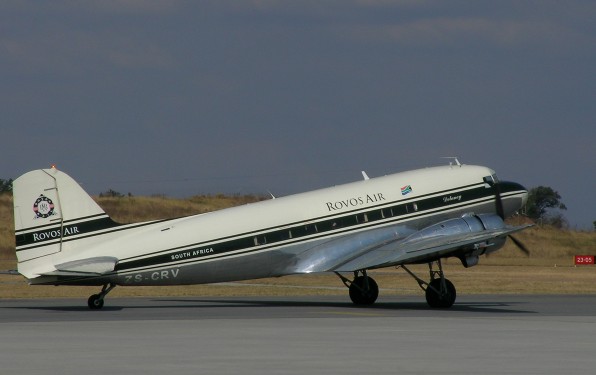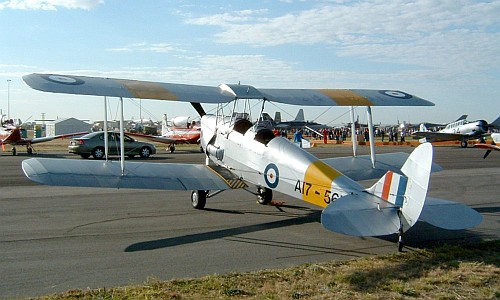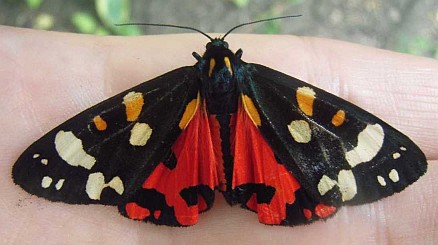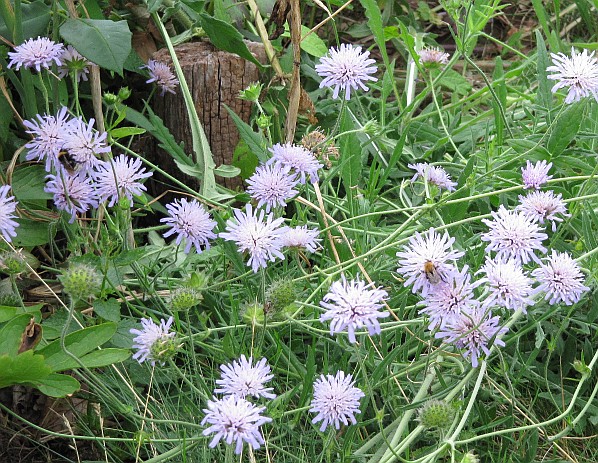From the age of 8 until I moved out in my early twenties, we lived in a road one side of which was houses as normal, but the other side marked the boundary of Croydon Airport. From there I could watch many different types of planes taking off and landing, the largest being the Douglas DC-3 (which we called the Dakota, perhaps from wartime memory, though they may have been a different subset of DC-3).

Among the smaller planes was the Tiger Moth, and from the local park one could see them taxiing right up close to the fence.

 In those days also, one could see the actual Scarlet Tiger Moth and its “woolly bear” caterpillars. Perhaps councils should plant more of the food plant comfrey, though they might be deterred on health and safety grounds because people can receive severe irritation from the hairs of the caterpillars.
In those days also, one could see the actual Scarlet Tiger Moth and its “woolly bear” caterpillars. Perhaps councils should plant more of the food plant comfrey, though they might be deterred on health and safety grounds because people can receive severe irritation from the hairs of the caterpillars. About six years after we moved there, Croydon Airport closed, but it remained open space. Soon enterprising people had forced open a few bars of the fence, and now it was possible to go on to the land and observe the wild flowers growing there, which for me was a botanical education. One memory I have is of Burnet Moths (probably Six-spot Burnets) flocking round the flowers of Rosebay Willowherb (called Fireweed in North America), but the plant I am going to write about is the Field Scabious Knautia arvensis.
A few years ago I bought some wildflower seeds from a local specialist. The various species fared differently. All the seeds did well initially, but during flowering the Teasel flower heads were attacked by weevils whose larvae caused them to wilt. The Heartsease were lovely for the first two years, but like all pansies they did not like the comparatively hot dry summers we have been having lately in the south of England. The Oxeye Daises thrived spectacularly for about three years, and then disappeared except for a plant self-seeded into our neighbour’s garden. (None of this distracts from the quality of the seed supplied, but with me and plants, all too often it’s the kiss of death from Mr. Greenfinger!). Two species are left, both of the Croydon Airport favourites. The Greater Knapweed is still soldiering on, while the Field Scabious has gone from strength to strength.
Here is Greater Knapweed (which was also abundant on the airport) growing in the Reading University (Whiteknights) campus:

And here is the Field Scabious, growing in our garden, as always a magnet for bees.




Comments